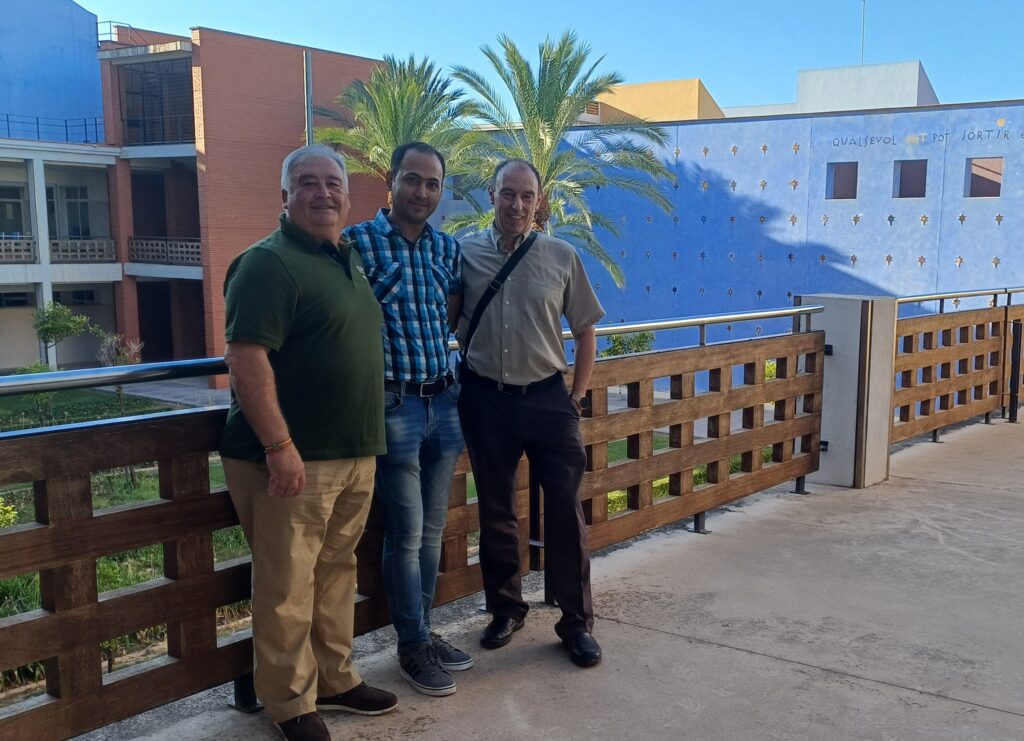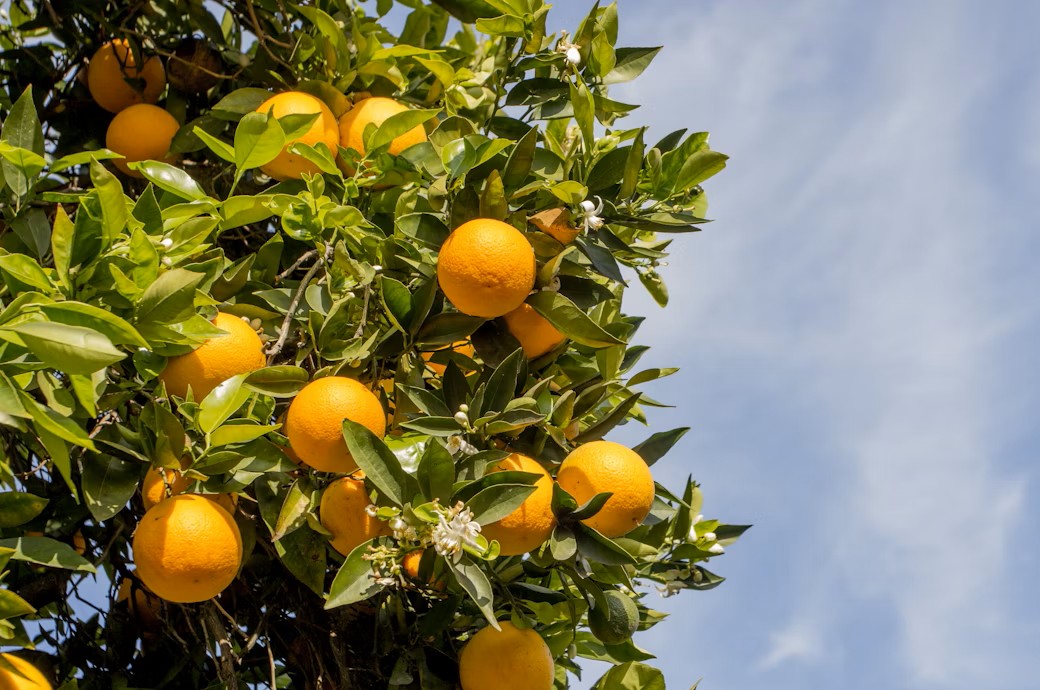The digital tool designed will allow growers to detect diseases early before they spread to other trees.
A team of researchers from the Universitat Politècnica de València (UPV) has designed a cell phone application for the early detection of diseases and pests in orange trees. The application has shown an accuracy of 99.58% in the diagnosis of diseases such as melanosis, black spots, canker or greening.
“With this research we have aimed to develop an accessible tool for citrus farmers, specifically for oranges, that will allow them to improve their harvests and the productivity of their crops,” emphasizes Jaime Lloret, professor in the UPV’s Department of Communications.
The objective is to provide growers with a tool for analyzing tree health, so that they can discover conditions and initiate treatment before they spread and cause greater economic losses.
Advances over previous models
The team of the Research Institute for Integrated Coastal Zone Management at the Gandia campus of the UPV – Arman Foroughi, José Miguel Jiménez and Jaime Lloret – have started from the analysis of existing tools, with the aim of overcoming their limitations.

As a result, the proposed application has a higher success rate in diagnosis than the previous ones; it consumes fewer computational resources; it does not require Internet connection or access to servers and is more practical, as it can be used on the cell phone and allows the analysis of images of oranges and leaves, uploading the photographs directly to the application.
The program runs on iOS, Android, Windows, Linux and Raspberry Pi operating systems. The researchers have also developed another version that works on personal computers and Raspberry Pi, designed for use in large plantations. It can be configured to send the user the results of the tree diagnostics daily by e-mail.
Learning to recognize pathologies
The developed application is based on a model trained through deep learning methods, a branch of artificial intelligence that uses artificial neural networks to assimilate patterns and make predictions.
The training of the app was based on a standardized catalog of 5073 images; after an initial training, the model was fine-tuned to maximize its accuracy.
As a result, the model achieves 99.58% diagnostic success. It is able to distinguish oranges from other fruits (classified as non-orange), can determine when an orange is healthy and diagnose whether the tree is suffering from any of the eight leaf and fruit diseases or pests for which it is trained.
Integration with robots
Based on these results, the UPV team will direct its research to expand the uses of the tool it has developed: “The next phase consists of incorporating the app in robots and intelligent drones that will diagnose various diseases and fruit spots. In addition, we will combine the software with irrigation systems, fertilization and gas sensor networks, which will allow us to identify other problems in the plantations,” they explain.
The research has been funded by the Ministry of Science and Innovation of the Government of Spain.
References:
An edge computing wireless sensor network for diagnosing orange fruit disease.

